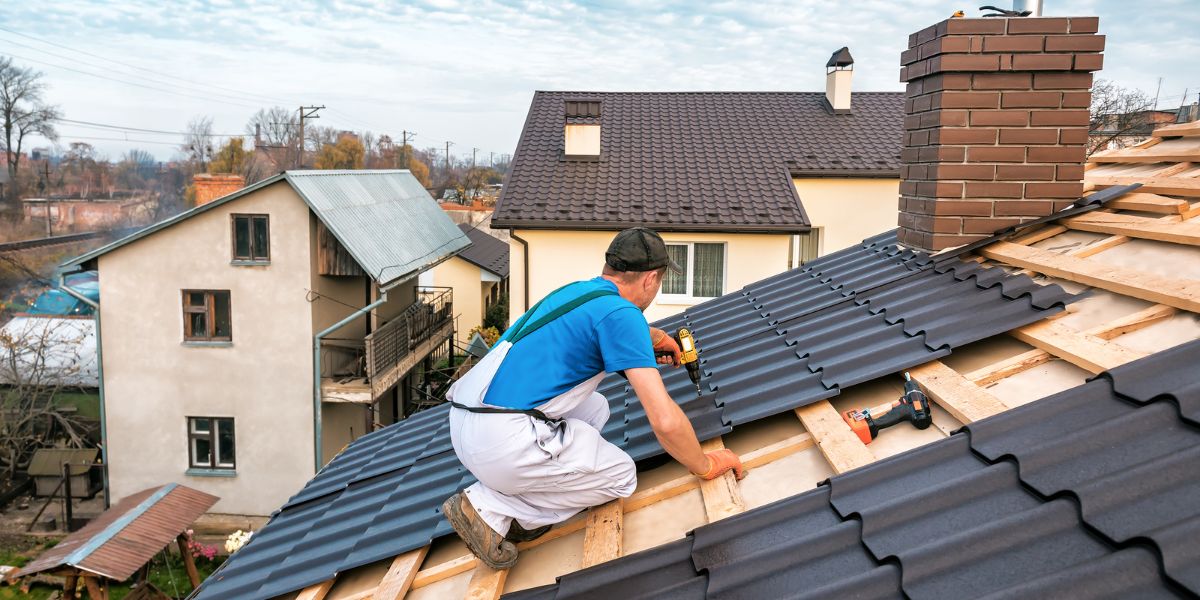Tile installation services provide professional expertise for laying various types of tiles on floors, walls, countertops, and backsplashes. These services ensure the proper preparation of surfaces, accurate tile placement, and finishing touches that create durable and visually appealing results. Skilled installers use specific tools and materials to meet design requirements and industry standards Tile Installation Services.
Types of Tile Installation Services
Residential Tile Installation
This service covers tile work in homes, including kitchens, bathrooms, living rooms, and outdoor patios. Common tile types include ceramic, porcelain, natural stone, and glass.
Commercial Tile Installation
Commercial projects involve larger spaces such as offices, retail stores, restaurants, and public buildings. These projects often require durable tiles that withstand heavy foot traffic.
Custom Tile Installation
Custom tile work involves creating unique designs, patterns, or mosaics. This includes intricate layouts, borders, and accents that add aesthetic value.
Tile Repair and Replacement
Services also include repairing cracked or loose tiles and replacing damaged sections to restore the surface.
Tile Installation Process
Professional tile installation involves several essential steps:
- Surface Preparation:
The installer ensures that the surface is clean, dry, flat, and structurally sound. This may require removing old flooring or repairing damaged subfloors. - Layout and Planning:
Installers measure the area and plan the tile arrangement to minimize cuts and ensure symmetry. Dry laying tiles helps confirm the design. - Applying Adhesive:
A suitable adhesive like thin-set mortar is spread evenly with a notched trowel, chosen according to tile and substrate types. - Laying Tiles:
Tiles are pressed into the adhesive with consistent spacing, using spacers for even grout lines. - Cutting Tiles:
Specialized tools such as tile cutters and wet saws are used for precise cuts at edges and around obstacles. - Grouting:
After adhesive curing, grout is applied between tiles to fill joints and prevent moisture penetration. - Sealing (if needed):
Natural stone tiles and some grout types are sealed to protect against stains and moisture.
Tools and Materials Used in Tile Installation Services
Professional installers use specific tools to ensure quality results:
- Notched trowels
- Tile spacers
- Tile cutters and wet saws
- Rubber grout floats
- Levels and measuring tapes
- Buckets and sponges
- Thin-set mortar and adhesives
- Grout and sealants
Using correct tools ensures precision and durability.
Average Cost of Tile Installation Services
The cost depends on tile type, area size, and complexity. Typical price ranges per square foot include:
| Tile Type | Installation Cost (USD) |
| Ceramic | $5 – $10 |
| Porcelain | $7 – $15 |
| Natural Stone | $10 – $25 |
| Glass | $15 – $30 |
Additional charges may apply for surface preparation, tile removal, or sealing.
Benefits of Hiring Professional Tile Installation Services
- Long-lasting Results: Proper installation prevents tile damage and loosening.
- Aesthetic Accuracy: Professionals ensure even spacing and aligned patterns.
- Time Savings: Experienced installers complete jobs efficiently.
- Surface Preparation: Reduces future problems like water damage or mold.
- Workmanship Warranty: Many contractors provide guarantees for their work.
Frequently Asked Questions (FAQ)
How long does tile installation take?
Small projects may take 1-3 days. Larger or complex jobs can take up to a week, including drying times.
Can I install tiles myself?
DIY tile installation is possible for small areas but may lack the precision and durability of professional work.
Do I need to seal my tiles?
Natural stone tiles and some grout types require sealing to protect against moisture and stains. Ceramic and porcelain tiles usually do not.
What grout should I use?
Unsanded grout is for joints under 1/8 inch. Sanded grout is recommended for wider joints to prevent cracking.
Can tiles be installed over existing flooring?
If the existing floor is stable and level, tiles can sometimes be installed over it. Otherwise, removal is necessary.
Conclusion
Tile installation services provide skilled and efficient solutions for laying tiles in residential and commercial spaces. Professional installers ensure correct surface preparation, precise tile placement, and proper finishing for durable and attractive results. Understanding the installation process, costs, and types of tiles helps property owners make informed decisions. Hiring experts reduces risks of damage and guarantees a quality finish.
